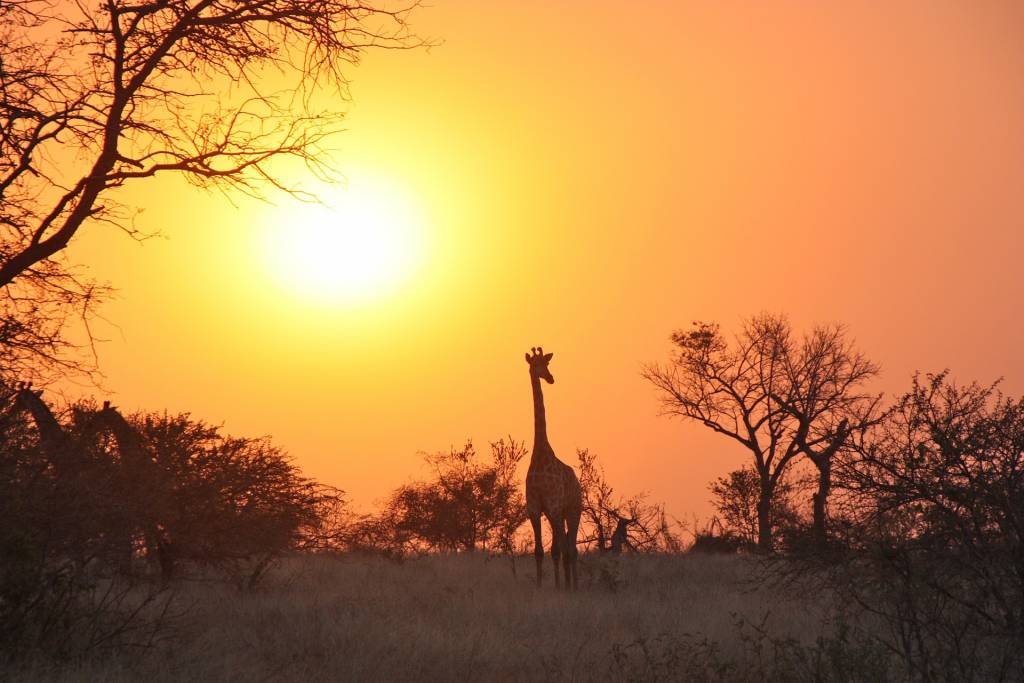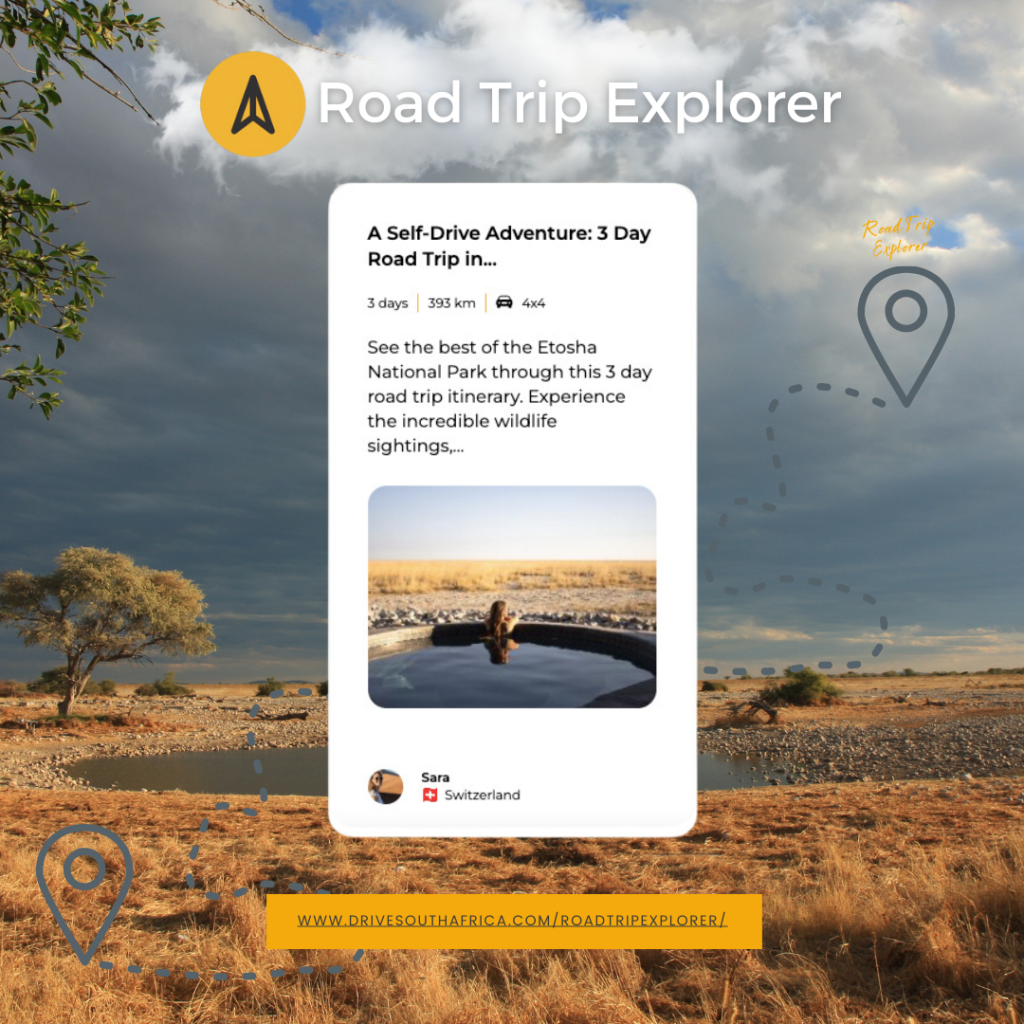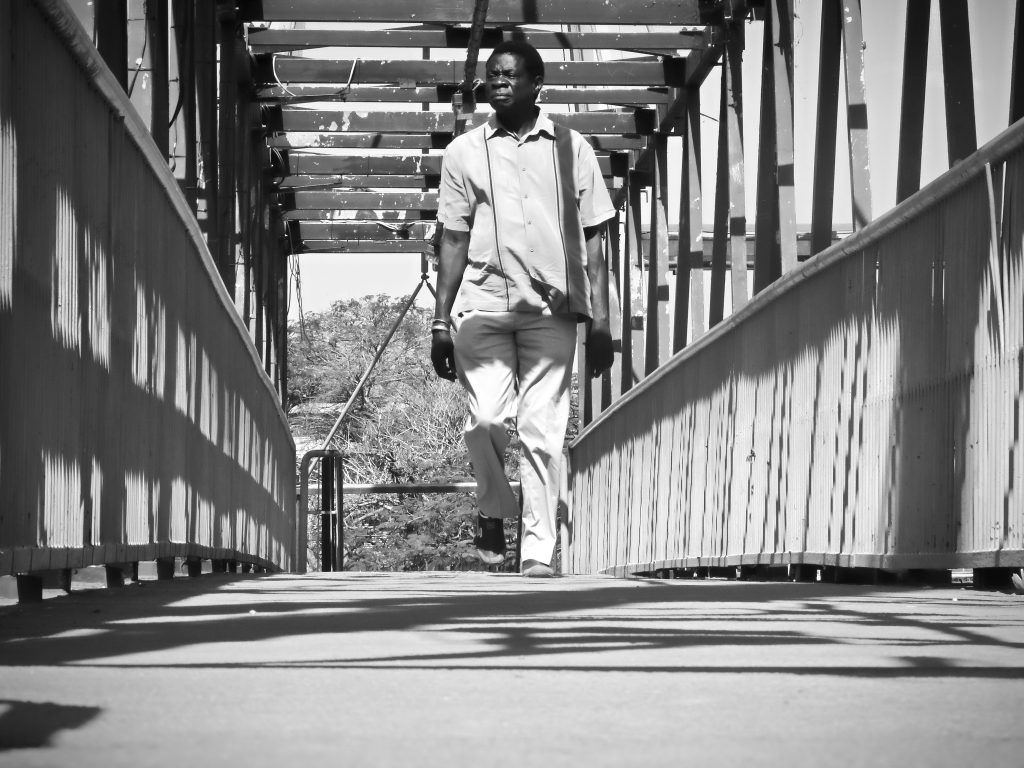
The All-New Renault Duster is Here
After a two-year absence from the South African market, the mighty Renault Duster is back...
 12 March 2025
12 March 2025 
With its assorted landscapes and thriving wildlife, Zambia is a great African destination for self-drive escapes. Driving in this unique country comes with its challenges though, especially if it’s your first time traveling here. We’ve put together 10 crucial tips for safely navigating Zambia’s roads and making the most of your self-drive vacation.
Zambia’s roads are a mixture of paved and unpaved roads, like most countries in Africa. Although the main highways are typically well-serviced, secondary roads and roads in rural areas sometimes feature potholes, uneven road surfaces, and loose gravel.

Above: Dirt track through trees and brown grass in Zambia
It’s a good approach to always drive carefully, particularly on unfamiliar roads, and to stay aware of possible abrupt changes in road conditions.
Depending on where you want to go, you might need a 4×4 vehicle to negotiate rough terrain, particularly in national parks and remote areas, best explored with a 4×4 hire. Make sure that your rental 4×4 is equipped with the right tires, a spare tire, and tools for changing a flat tire. You’ll also want to check your vehicle’s suspension and clearance for navigating rough terrain.
In Zambia, you drive on the left hand side of the road and your vehicle’s driver seat is situated on the right hand side. Pay attention to local traffic signs, speed limits, and road markings. Always obey traffic rules and regulations and drive with your seatbelt on at all times.
Zambia has plenty of wildlife and it’s common to find animals crossing the road, particularly near national parks and wildlife reserves. Should you encounter wildlife, slow down and always give the animals the right of way.

Above: 4×4 self drive safari in Zambia
It’s a good idea to avoid driving at night when wildlife is more active and harder to see.
Make sure you’re carrying all necessary documentation such as a valid driver’s license, vehicle registration, and insurance papers. If you’re carrying a foreign driver’s license, it’d be a good idea to get an International Driving Permit (IDP) before leaving your home country. Always be prepared to display these documents at police checkpoints.
Always plan your route before traveling and pay close attention to the distances between towns and fuel stations.

Above: Etosha National Park Road Trip on Road Trip Explorer. Explore 110+ Road Trips!
There may not always be fuel in the more remote places, so fill up your tank whenever you get the chance and consider carrying extra fuel in a jerry can for emergencies.
Zambia’s rainy season is from November to April and can contribute to a decline in road conditions. Check the weather and condition of the roads before heading out, especially if you’re traveling to remote areas.

Above: Aerial view of green trees in the bushland of the lower Zambezi area in Zambia
Expect muddy roads and river crossings during this time of the year.
It’s a Zambian custom to greet people with a smile and a handshake. If you’re passing through a village, slow down and wave. It’s a small gesture that goes a long way. Always ask for permission before taking photos and do your best to respect local customs and traditions.
This is especially true for traveling in more remote areas. Always ensure you have enough water, snacks, a headlamp or flashlight, and a first-aid kit. Make sure your phone is charged, carry a power bank, and keep a map or GPS handy in case you can’t get a mobile signal.
Stay on top of local news and travel advisories. Zambians are friendly and happy to offer advice and knowledge. Speak to locals, tour operators, and park rangers about road conditions, wildlife sightings, and possible hazards, especially during the rainy season.
